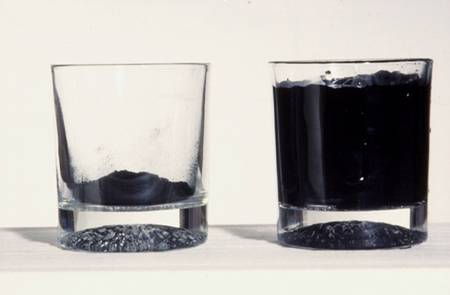Summary
Definition
History and exam
Key diagnostic factors
- agitation, irrationality, restlessness, sometimes aggressive behavior
- hyperthermia >100°F (>38°C) but <103°F (<39.5°C)
- hyperthermia >103°F (>39.5°C)
- seizures
- diaphoresis, flushed facial skin
- tachycardia and palpitations
- traumatic injury
- headache
- serotonin drug interaction
- hypertension
- hyperreflexia and clonus
- chest pain
- cardiac arrhythmia
Other diagnostic factors
- history of hepatitis B or C, HIV
- tremor, repetitive movements
- disorientation, confusion, delirium
- malnutrition
- superficial venous abnormalities
- rapid speech, pacing, trismus
- hallucinations or delusions
- tremor, hypertonicity, or muscle rigidity
- paranoia, hypervigilance, or psychosis
- mydriasis
- history of heart disease
- tachypnea
- dyspnea
- lack of thirst
- abdominal pain
- positive Babinski reflex
- focal neurologic signs, papilledema
Risk factors
- high ambient temperature
- volume depletion
- exercise and sweating
- excessive alcohol intake
- polydrug usage
- anxiety and depression
- history of behavioral disturbance
- history of delinquency or crime
- ADHD
- attendance at dance club or rave party
- history of drug misuse for >1 year
- genetic predilection
Diagnostic tests
1st tests to order
- serum glucose
- serum electrolytes
- serum creatinine, BUN
- ABG
- serum aspartate aminotransferase, alanine aminotransferase, gamma glutamyl transferase
- serum prothrombin time, PTT, INR
- urinalysis
- urine toxicology screen
- serum alcohol level
- serum creatine kinase
- serum troponin
- ECG
- Chest x-ray
Tests to consider
- serum D-dimer
- abdominal x-ray
- CT of the head
- MRI of the head
- cerebral angiography
Treatment algorithm
all patients
Contributors
Authors
John R. Richards, MD, FAAEM
Professor
Department of Emergency Medicine
University of California, Davis Medical Center
Sacramento
CA
Disclosures
JRR is an author of a number of references cited in this topic.
Acknowledgements
Dr John R. Richards would like to gratefully acknowledge Dr Alison Jones, a previous contributor to this topic.
Disclosures
AJ is an author of a number of references cited in this topic.
Peer reviewers
Andrew Stolbach, MD
Assistant Professor
Department of Emergency Medicine
Johns Hopkins University Hospital
Baltimore
MD
Disclosures
AS declares that he has no competing interests.
Richard J. Geller, MD, MPH, FACP
Associate Clinical Professor of Medicine
University of California San Francisco School of Medicine
San Francisco
CA
Disclosures
RJG declares that he has no competing interests.
David Wood, BSc, MB ChB, MD, MRCP
Consultant Physician and Clinical Toxicologist
Guy's and St Thomas' Poisons Unit
London
UK
Disclosures
DW is an author of a reference cited in this topic.
Peer reviewer acknowledgements
BMJ Best Practice topics are updated on a rolling basis in line with developments in evidence and guidance. The peer reviewers listed here have reviewed the content at least once during the history of the topic.
Disclosures
Peer reviewer affiliations and disclosures pertain to the time of the review.
References
Key articles
Carvalho M, Carmo H, Costa VM, et al. Toxicity of amphetamines: an update. Arch Toxicol. 2012 Aug;86(8):1167-231. Abstract
Glasner-Edwards S, Mooney LJ. Methamphetamine psychosis: epidemiology and management. CNS Drugs. 2014 Dec;28(12):1115-26.Full text Abstract
Richards JR, Albertson TE, Derlet RW, et al. Treatment of toxicity from amphetamines, related derivatives, and analogues: a systematic clinical review. Drug Alcohol Depend. 2015 May 1;150:1-13. Abstract
Reference articles
A full list of sources referenced in this topic is available to users with access to all of BMJ Best Practice.

Differentials
- Cocaine overdose
- Serotonin syndrome
- Psychosis
More DifferentialsGuidelines
- Caring for adult patients suspected of having concealed illicit drugs
- Stimulant and designer drug use: primary care management
More GuidelinesLog in or subscribe to access all of BMJ Best Practice
Use of this content is subject to our disclaimer